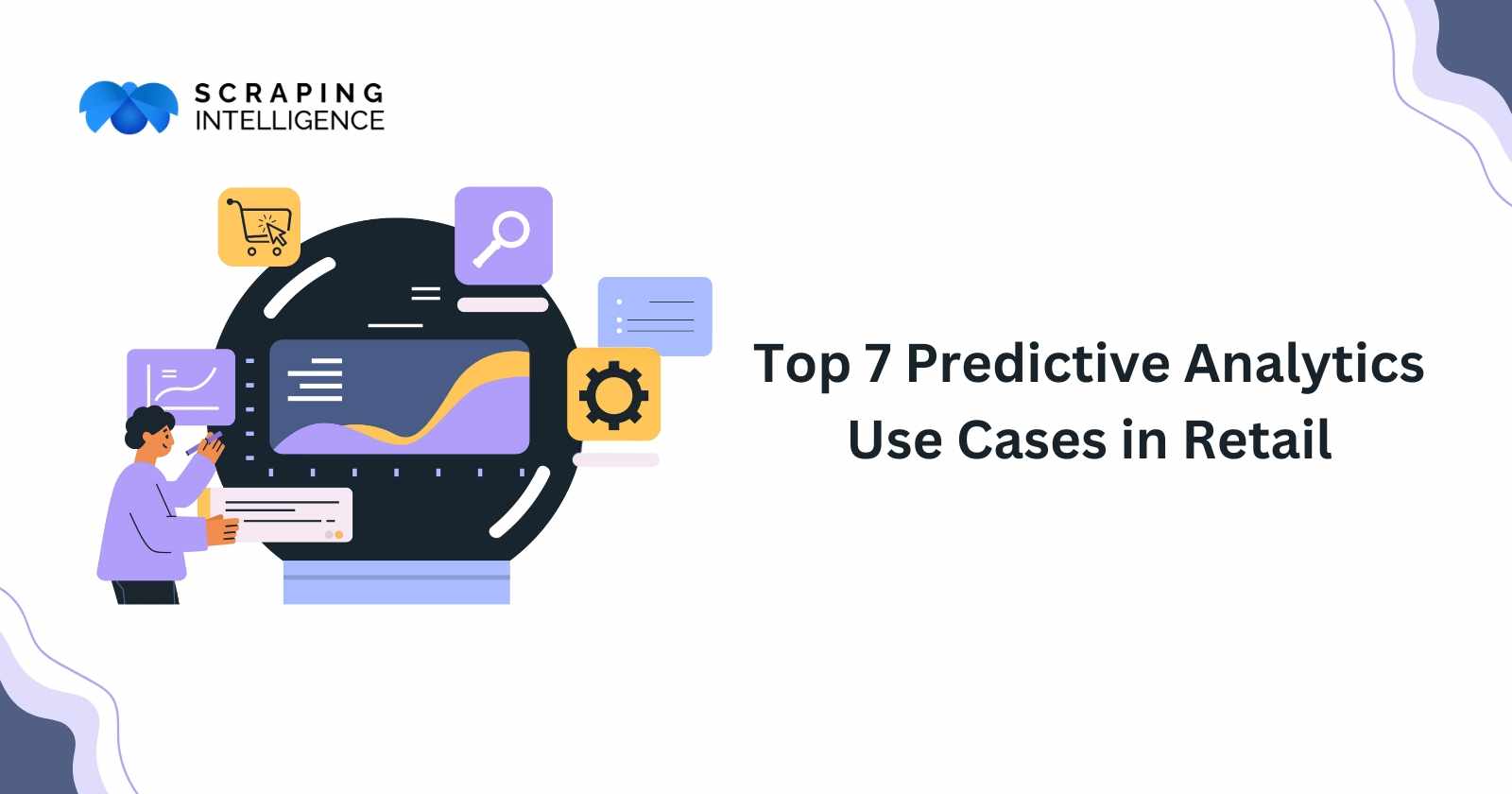
The retail industry is more competitive than ever. Rising costs, rapidly changing customer behavior, and increased digital disruption leave retailers struggling to make accurate decisions. Traditional data analysis often looks backward, but predictive analytics helps retailers look forward — enabling smarter planning, customer insights, and revenue growth.
In this article, we’ll explore the top 7 real-world use cases of predictive analytics in retail and how they’re helping businesses thrive.
1. Demand Forecasting
One of the biggest challenges retailers face is predicting customer demand. Overestimating leads to excess inventory, while underestimating causes stockouts and lost sales.
Predictive analytics uses historical sales data, seasonal patterns, and external factors (like holidays or weather) to forecast demand more accurately.
Example: A fashion retailer can forecast which product categories will trend in summer, avoiding overstocking winter items.
2. Personalized Marketing & Customer Targeting
Generic promotions rarely work anymore. Customers expect personalized offers. Predictive analytics segments customers based on purchase history, browsing behavior, and demographics to recommend the right product, at the right time, to the right customer.
Example: An online store might send personalized discounts on sports gear to a customer who frequently browses fitness products.
3. Inventory Optimization
Carrying costs can erode profit margins. Predictive models help balance stock levels by analyzing sales velocity, supplier timelines, and product lifecycle.
Example: Grocery chains use predictive analytics to reduce food waste by forecasting perishable item sales more accurately.
4. Price Optimization
Pricing is a powerful growth lever. Predictive analytics enables dynamic pricing models by considering competitor pricing, customer demand, and seasonality.
Example: E-commerce platforms adjust prices in real time during festive seasons to maximize revenue while staying competitive.
5. Customer Churn Prediction
Losing customers is costly. Predictive analytics helps identify early signs of customer churn (like declining engagement or fewer repeat purchases).
Retailers can then take proactive measures with loyalty programs, discounts, or personalized outreach.
Example: A subscription-based retail brand can spot at-risk customers and offer them special incentives before cancellation.
6. Fraud Detection & Risk Management
Retail transactions are increasingly digital, making fraud a major risk. Predictive analytics flags unusual purchase patterns or suspicious activity in real time.
Example: Payment processors use predictive models to block fraudulent transactions before they affect retailers and customers.
7. Store Layout & Customer Experience Optimization
Brick-and-mortar retailers can also benefit. Predictive analytics studies foot traffic, purchase patterns, and dwell time to optimize store layout and product placement.
Example: A supermarket rearranges high-demand items to improve flow and increase average basket size.
Conclusion
Predictive analytics is no longer a “nice-to-have” — it’s a growth engine for modern retailers. From optimizing inventory and pricing to predicting churn and improving customer experience, its use cases are transforming retail at every level.
Want to learn how predictive analytics directly fuels retail business growth? Check out our detailed article here: How Predictive Analytics Helps Retail Businesses to Boost Growth.




















Write a comment ...